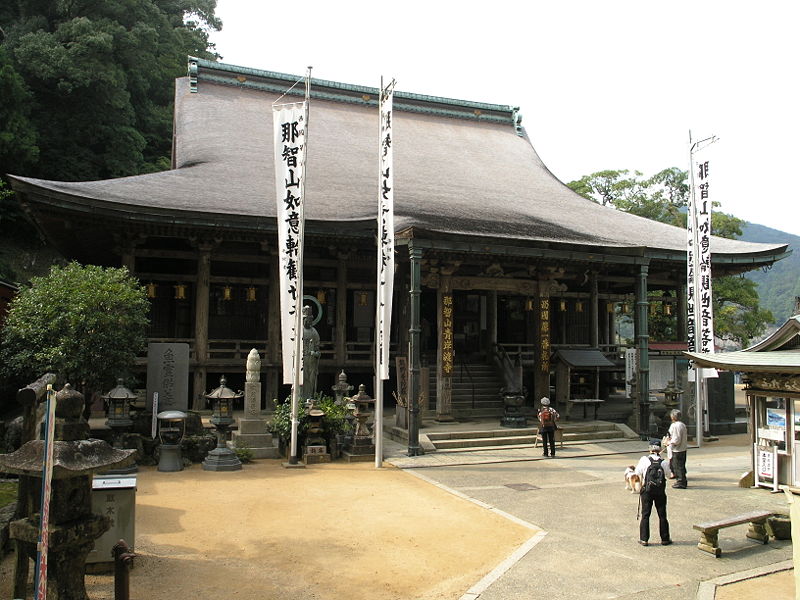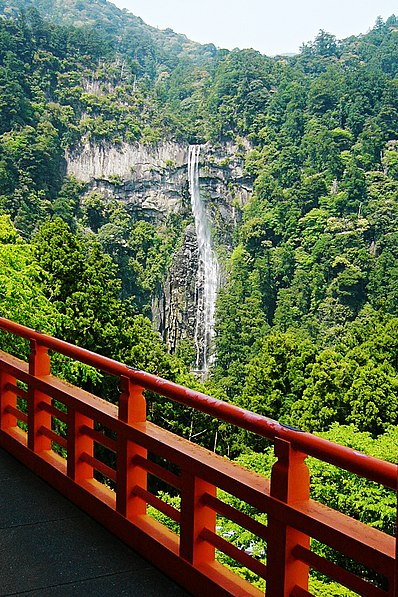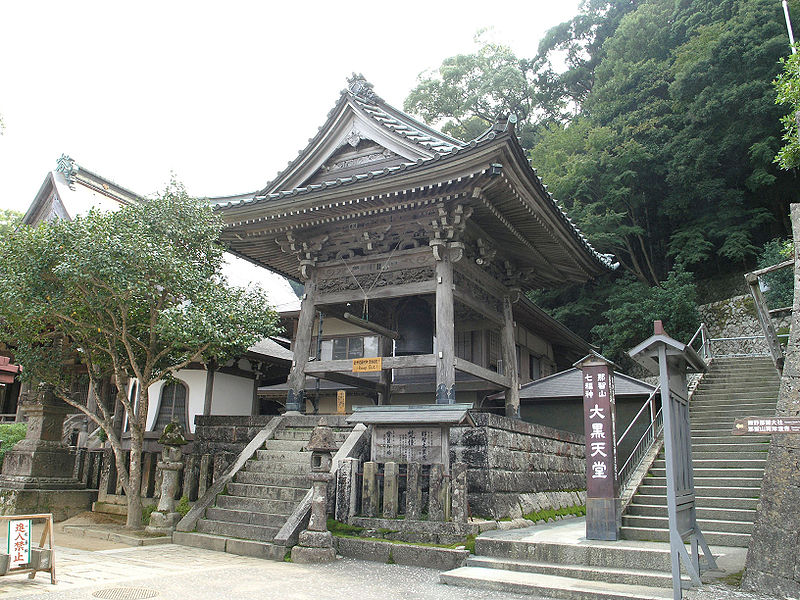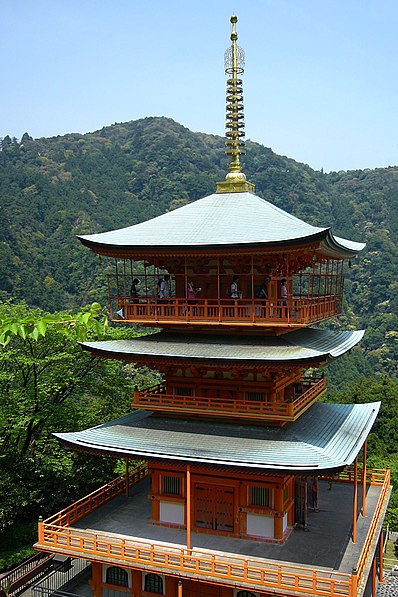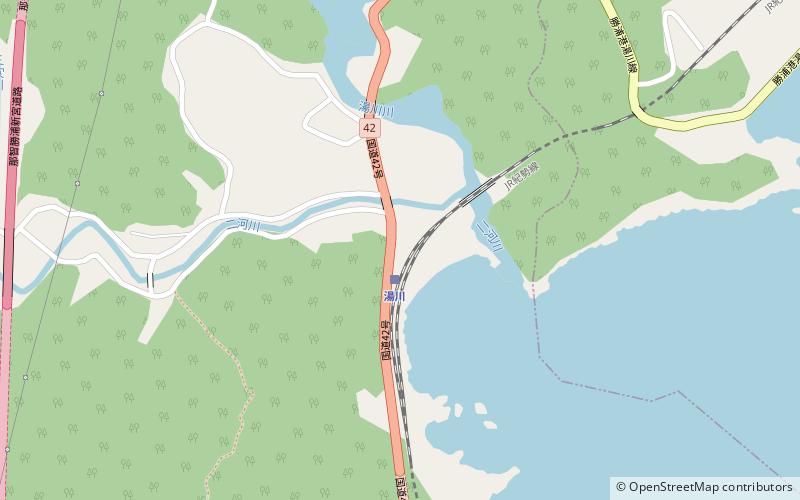Seiganto-ji
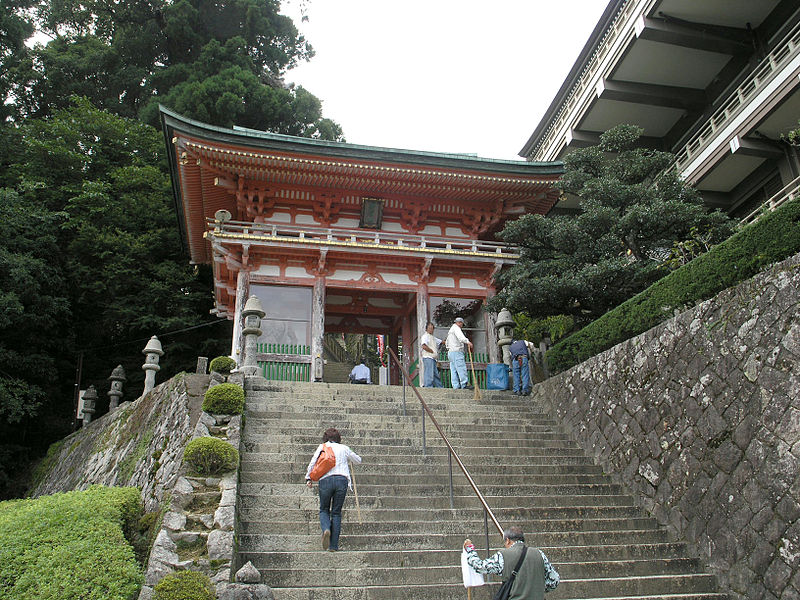
Facts and practical information
Seiganto-ji, nestled in the verdant folds of Wakayama Prefecture, Japan, is a temple steeped in spiritual resonance and historical significance. This ancient site, part of the sacred Kumano Sanzan, stands as a testament to the harmonious blend of Shinto and Buddhist beliefs that is characteristic of the region.
Founded in the 4th century, Seiganto-ji, also known as the "Temple of the Blue Waves," was originally established as a place for ascetic worship before the introduction of Buddhism to Japan. It is said that the temple was built in honor of the nearby Nachi Falls, Japan's tallest waterfall with a single drop, which is worshipped as a kami or Shinto deity. With the arrival of Buddhism, the temple became associated with the Nachi Shinto shrine, exemplifying the syncretic fusion of the two religions in what is known as the Kumano faith.
Seiganto-ji is renowned for its picturesque three-storied pagoda, which offers a breathtaking view against the backdrop of the cascading Nachi Falls. The site is not only a visual marvel but also a significant stop on the Kumano Kodo pilgrimage routes, a UNESCO World Heritage site. Pilgrims and visitors alike are drawn to Seiganto-ji for its spiritual ambiance and its role as a gateway to the Kumano Sanzan, the three grand shrines of Kumano.
The temple serves as the first stop of the pilgrimage to the Kumano Sanzan, leading visitors on a journey of reflection and worship through the mountainous landscape of the Kii Peninsula. The pilgrimage routes themselves are considered to be among the most sacred in Japan, attracting devotees and hikers from across the globe who seek to experience the profound cultural and natural heritage of the region.
Seiganto-ji – popular in the area (distance from the attraction)
Nearby attractions include: Kumano Nachi Taisha, Nachi Falls, Kumano Hayatama Taisha, Fudarakusan-ji.


